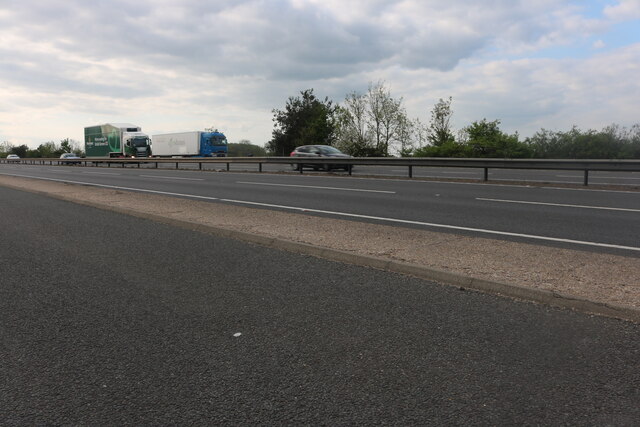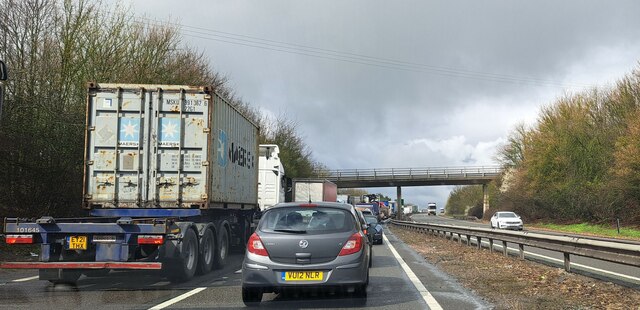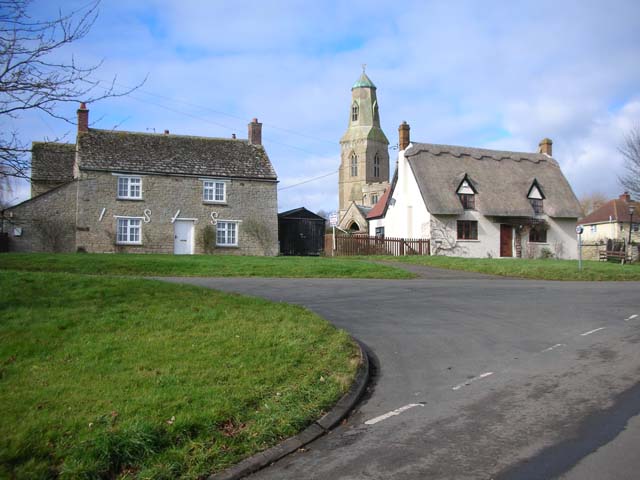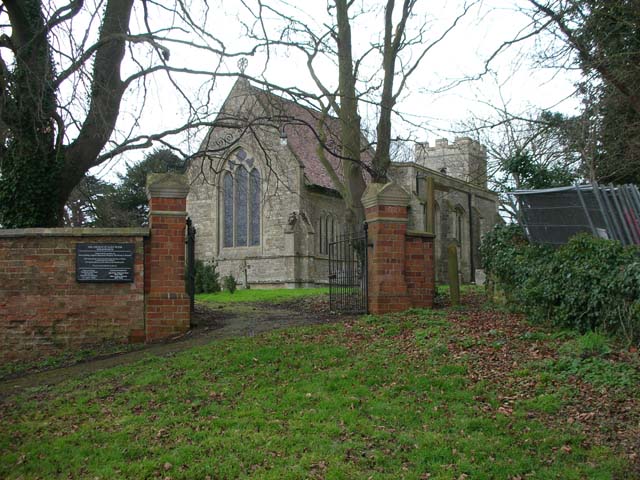Bythorn and Keyston
Civil Parish in Huntingdonshire Huntingdonshire
England
Bythorn and Keyston
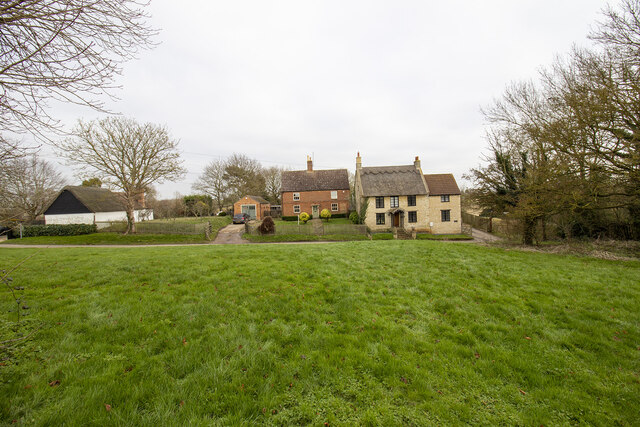
Bythorn and Keyston is a civil parish located in the district of Huntingdonshire in Cambridgeshire, England. It is situated approximately 7 miles northwest of the county town, Huntingdon. The parish covers an area of about 5 square miles and is home to a small population.
The landscape of Bythorn and Keyston is predominantly rural, characterized by rolling hills, farmlands, and open countryside. The area is known for its picturesque views and tranquil atmosphere, making it an ideal place for countryside walks and outdoor activities.
The parish consists of two villages, Bythorn and Keyston, which are situated close to each other. Bythorn is the larger of the two villages, with a small cluster of houses and a historic church. Keyston, on the other hand, is a smaller village with a handful of houses and a quaint village hall.
The local economy of Bythorn and Keyston primarily relies on agriculture, with farming being the main occupation of the residents. The area is known for its arable farming and livestock rearing. There are also a few small businesses in the area, including a local pub and a farm shop.
Bythorn and Keyston is well-connected to the neighboring towns and villages by road, making it easily accessible. The nearby town of Huntingdon offers a range of amenities, including shops, schools, and healthcare facilities.
Overall, Bythorn and Keyston is a charming rural parish with a close-knit community, offering a peaceful and idyllic countryside living experience.
If you have any feedback on the listing, please let us know in the comments section below.
Bythorn and Keyston Images
Images are sourced within 2km of 52.363613/-0.463153 or Grid Reference TL0475. Thanks to Geograph Open Source API. All images are credited.




Bythorn and Keyston is located at Grid Ref: TL0475 (Lat: 52.363613, Lng: -0.463153)
Administrative County: Cambridgeshire
District: Huntingdonshire
Police Authority: Cambridgeshire
What 3 Words
///school.casino.estuaries. Near Raunds, Northamptonshire
Nearby Locations
Related Wikis
Keyston
Keyston is a village and former civil parish, now in the parish of Bythorn and Keyston, in Cambridgeshire, England. Keyston lies approximately 12 miles...
Bythorn and Keyston
Bythorn and Keyston is a civil parish in the Huntingdonshire district of Cambridgeshire, England. According to the 2001 census the parish had a population...
Bythorn
Bythorn is a village and former civil parish, now in the parish of Bythorn and Keyston, in Cambridgeshire, England. Bythorn lies approximately 11 miles...
Molesworth, Cambridgeshire
Molesworth is a village and former civil parish, now in the parish of Brington and Molesworth in Cambridgeshire, England. Molesworth is 10 miles (16 km...
Nearby Amenities
Located within 500m of 52.363613,-0.463153Have you been to Bythorn and Keyston?
Leave your review of Bythorn and Keyston below (or comments, questions and feedback).

